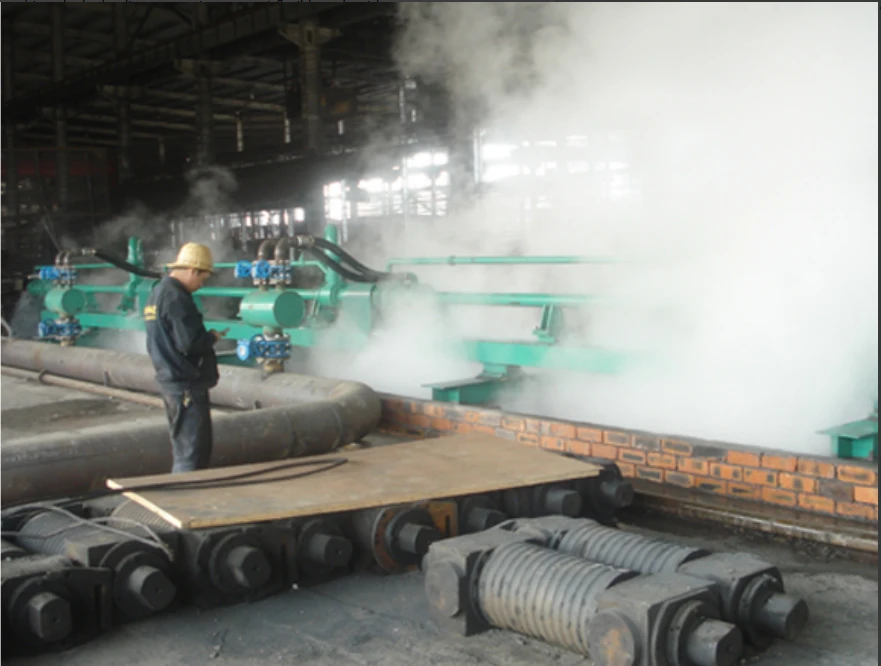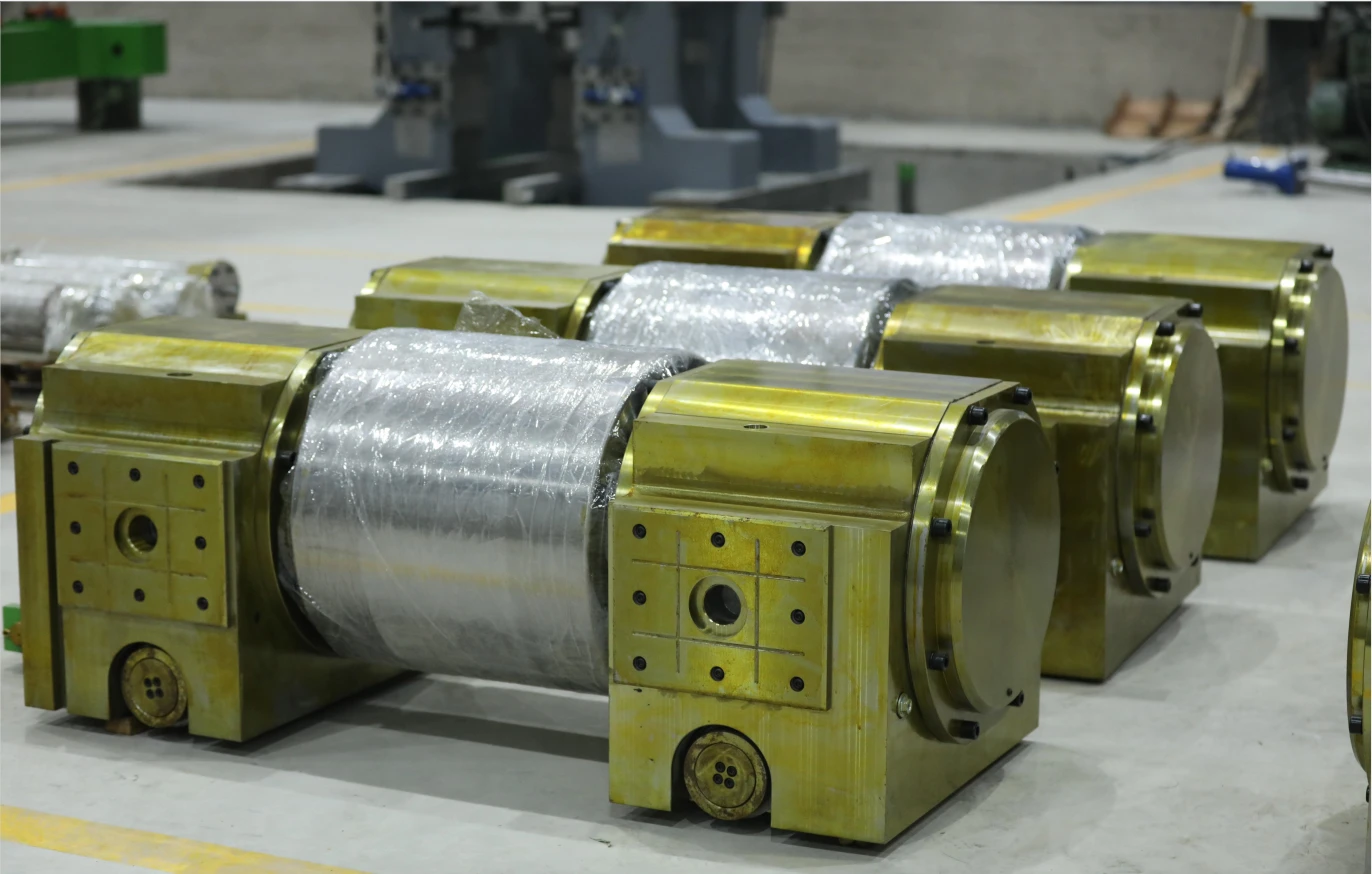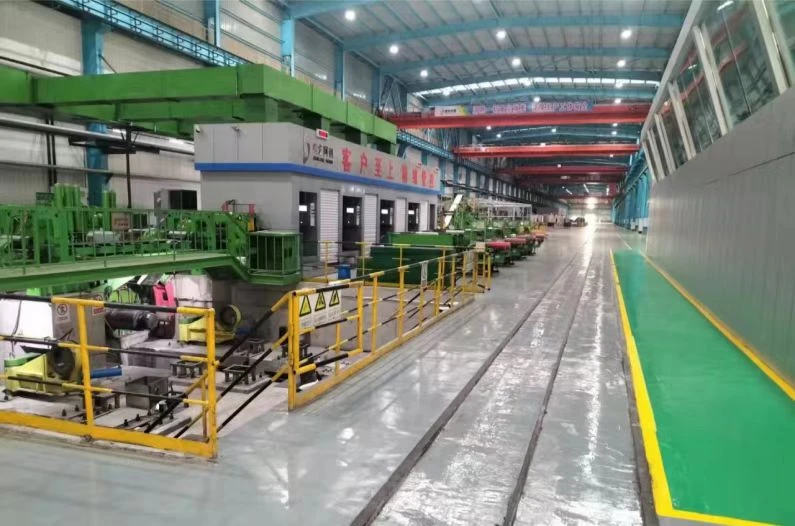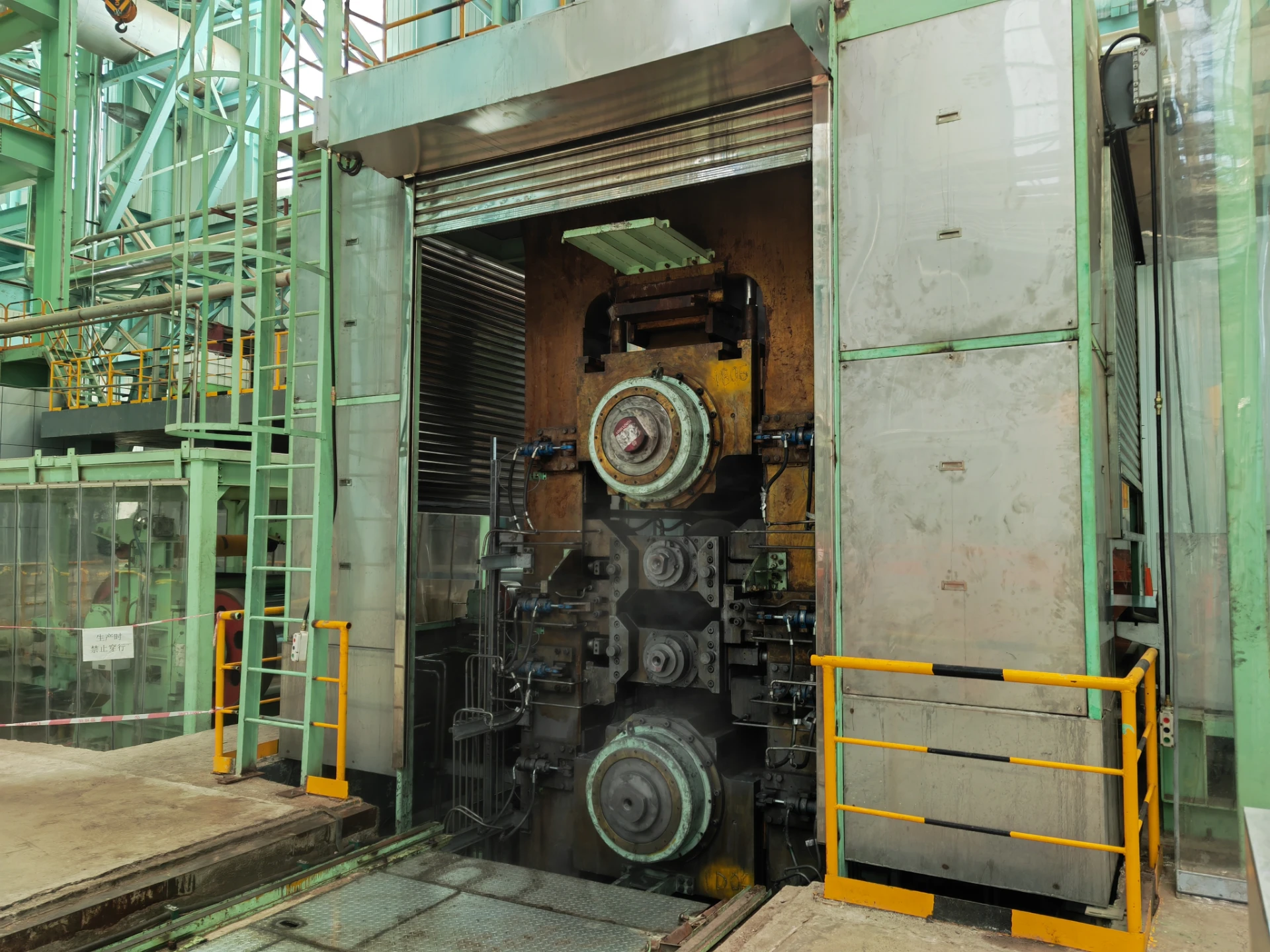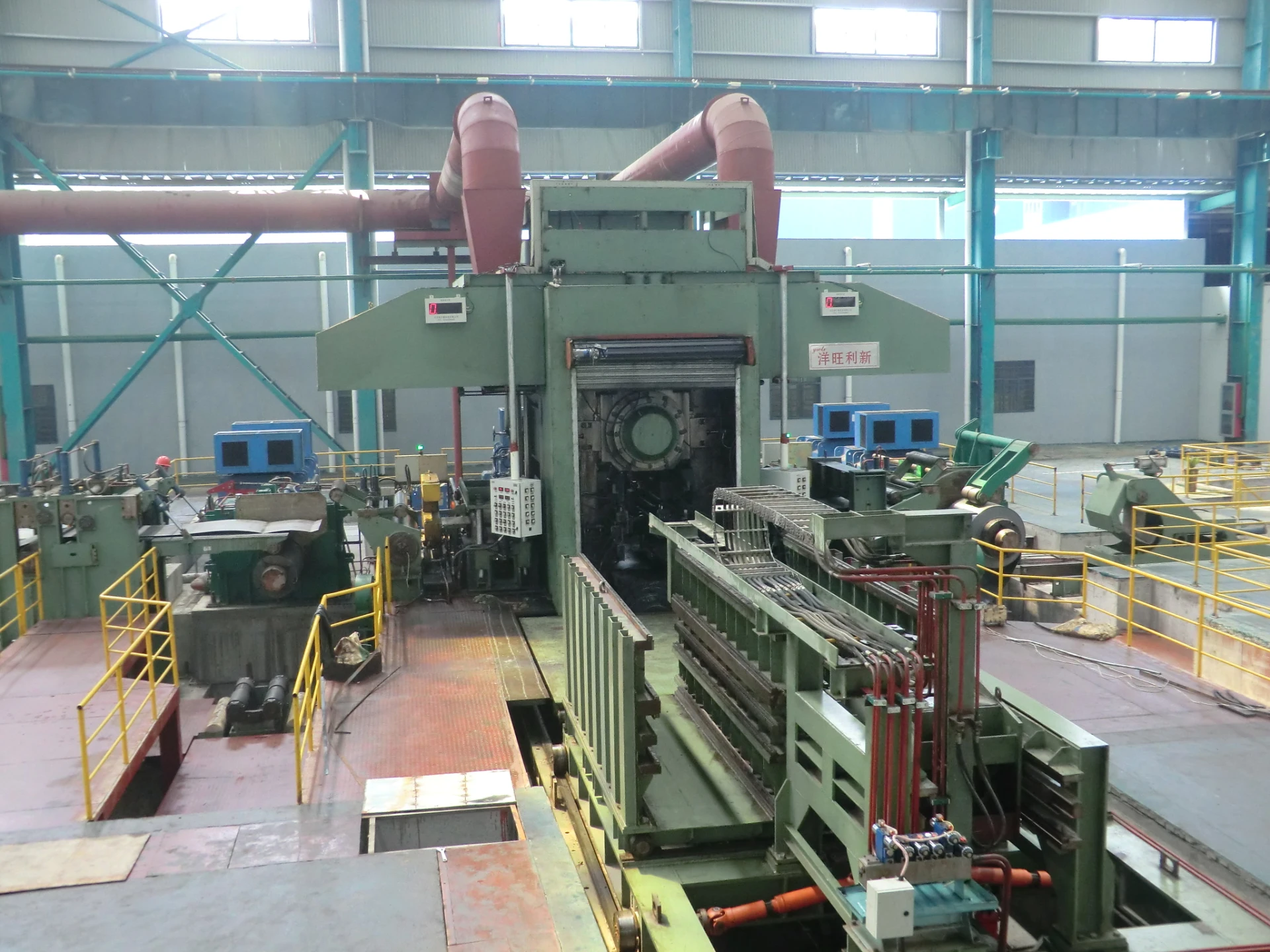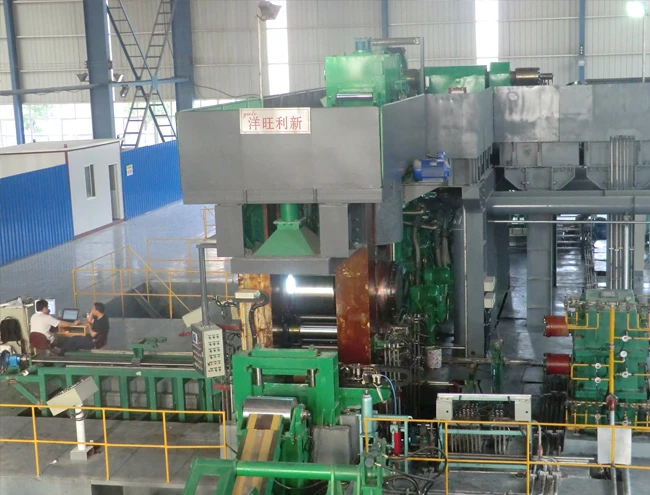
Integrating AGC Systems into Existing Rolling Mills: Challenges and Solutions
The metal processing industry has witnessed a significant transformation with the adoption of automatic gauge control systems in rolling operations. As market demands for tighter tolerances and higher quality strip products intensify, many mill operators face the critical decision of retrofitting their existing facilities with modern AGC system technology. The integration of automatic gauge control in strip rolling operations presents both technical and operational challenges that require careful consideration. Unlike new mill installations where systems can be designed from the ground up, retrofitting automatic gauge control cold rolling mill equipment into existing plants demands a tailored approach that accounts for legacy equipment capabilities, spatial constraints, and production requirements.
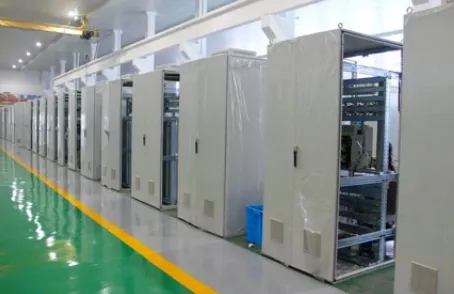
Assessing Existing Mill Infrastructure for AGC Compatibility
Before implementing an automatic gauge control system, a comprehensive evaluation of the current mill configuration is essential. Older mills were often designed without considering the space requirements for modern AGC system components such as hydraulic actuators, high-response valves, and advanced thickness measurement devices. The structural integrity of existing mill housings must be verified to accommodate the additional forces and dynamic loads imposed by automatic gauge control in strip rolling operations. Furthermore, the electrical and control infrastructure may require upgrades to support the sophisticated sensors and high-speed data processing needed for effective gauge control. In many automatic gauge control cold rolling mill retrofits, the foundation work and basic mill structure often prove more challenging to modify than the actual control system installation.
AGC Systems: Hydraulic System Integration Challenges
One of the most complex aspects of adding an automatic gauge control system to an existing mill involves the hydraulic system modifications. Modern AGC systems require high-performance hydraulic systems capable of extremely fast response times and precise pressure control. Retrofitting these systems often means replacing or upgrading existing hydraulic power units, adding accumulators for peak demand situations, and installing new servo-valves with the necessary frequency response characteristics. The integration becomes particularly challenging in automatic gauge control cold rolling mill applications where space constraints may limit the placement of additional hydraulic components. Careful system design is required to ensure the new hydraulic components work harmoniously with existing mill components while meeting the stringent response time requirements of precision gauge control.
Measurement System Installation and Calibration of AGC Systems
Accurate thickness measurement forms the foundation of any effective automatic gauge control system, and integrating these measurement devices into operating mills presents unique difficulties. In retrofitting automatic gauge control in strip rolling operations, engineers must determine optimal measurement locations that provide timely feedback for control actions while accommodating existing mill geometry. Radiation-based thickness gauges require special safety considerations and shielding, particularly in tight mill spaces. Contact measurement systems, while sometimes easier to install physically, may face challenges with varying strip temperatures and surface conditions in a automatic gauge control cold rolling mill. Proper calibration and synchronization with the rolling process are critical, requiring careful planning to minimize production interruptions during installation and commissioning.
AGC Systems: Control System Architecture and Integration
The heart of any AGC system lies in its control architecture, and integrating this with existing mill controls requires meticulous planning. Modern automatic gauge control systems typically employ advanced digital controllers with sophisticated algorithms, which must interface seamlessly with legacy control systems. This integration challenge is particularly acute in older mills where proprietary control systems may lack standard communication protocols. The control strategy must account for the specific characteristics of each mill, including its dynamic response, rolling force capabilities, and interaction with existing tension control systems. In automatic gauge control cold rolling mill installations, the coordination between gauge control and winder tension control becomes especially critical, requiring careful tuning to prevent interactions that could degrade product quality.
AGC Systems: Mechanical Modifications and Roll Stack Adaptations
Implementing automatic gauge control often necessitates mechanical modifications to the existing roll stack assembly. The addition of hydraulic cylinders for roll gap adjustment may require machining of existing mill housings or adaptation of chocks to accommodate new components. Bearing designs may need revision to handle the dynamic loads imposed by frequent AGC system adjustments. In some cases, the entire roll stack configuration may require re-engineering to achieve the necessary stiffness for precise gauge control. These mechanical changes must be carefully planned to maintain the structural integrity of the mill while achieving the desired control performance. The modifications become particularly challenging in automatic gauge control cold rolling mill applications where higher rolling forces and precision requirements demand exceptionally rigid mill designs.
Tension Control System Coordination
The successful integration of an automatic gauge control system must consider its interaction with existing tension control systems. In tandem mills or continuous processing lines, the winder tension control system plays a crucial role in maintaining strip quality, and the introduction of AGC must not disrupt this delicate balance. The automatic gauge control in strip rolling applications must be carefully tuned to work in concert with tension controls, as aggressive gauge adjustments can induce tension variations that propagate through the line. Modern control strategies often employ coordinated approaches where the AGC system and tension control systems share information and optimize their actions to minimize mutual interference. This coordination becomes even more critical in precision automatic gauge control cold rolling mill applications where both thickness and tension tolerances are extremely tight.
AGC Systems: Operator Training and Process Adaptation
The human factor in automatic gauge control system implementation is often underestimated. Mill operators accustomed to manual or semi-automatic control methods require comprehensive training to effectively utilize the new AGC system capabilities. The transition to automatic gauge control in strip rolling operations represents a fundamental shift in mill operation philosophy, requiring operators to develop trust in the automated system while maintaining appropriate oversight. Additionally, rolling schedules and process parameters may need adjustment to fully leverage the capabilities of the new system. In automatic gauge control cold rolling mill installations, the learning curve can be particularly steep as operators adapt to the system's rapid response characteristics and tighter control loops.
AGC Systems: Commissioning and Performance Optimization
The final phase of automatic gauge control system integration involves careful commissioning and performance optimization. This process typically begins with controlled trials using test material to verify basic functionality before progressing to full production speeds. The tuning of control parameters must account for the unique characteristics of each mill, including its mechanical response, hydraulic system performance, and interaction with other subsystems like winder tension control. In automatic gauge control cold rolling mill applications, the optimization process often extends over several production runs as engineers fine-tune the system to achieve the desired gauge consistency across various product grades and dimensions. Continuous performance monitoring and periodic recalibration ensure the AGC system maintains optimal performance as mill conditions change over time.
Maintenance Considerations for Retrofitted AGC Systems
The long-term success of an automatic gauge control retrofit depends heavily on establishing appropriate maintenance practices. The AGC system components, particularly hydraulic actuators and high-performance valves, require regular inspection and servicing to maintain their precision capabilities. Measurement systems need periodic calibration to ensure accuracy, while control algorithms may require adjustment as mill characteristics evolve. In automatic gauge control cold rolling mill installations, the maintenance program must also consider the interaction between gauge control components and other systems such as tension control systems. Developing a comprehensive preventive maintenance schedule specific to the retrofitted components helps maintain system reliability and prolongs the life of the investment.
-
YWLX’s 1450mm Six-Hi Reversing Mill Goes Live in BangladeshNewsNov.24,2025
-
Adjusting Roll Gap in 6Hi Reversing Cold Rolling Mill for Thin StripNewsNov.13,2025
-
Quality Control Standards for Automatic Gauge Control in Strip RollingNewsNov.13,2025
-
Effect of Skin Pass Rolling on Metal DuctilityNewsNov.13,2025
-
Key Components of a Modern TempermillNewsNov.13,2025
-
Common Wear Patterns of Work Roll in Tandem Cold Mill OperationsNewsNov.13,2025
-
Revolutionary Skin Pass Rolling Technology for Enhanced Steel QualityNewsNov.04,2025




